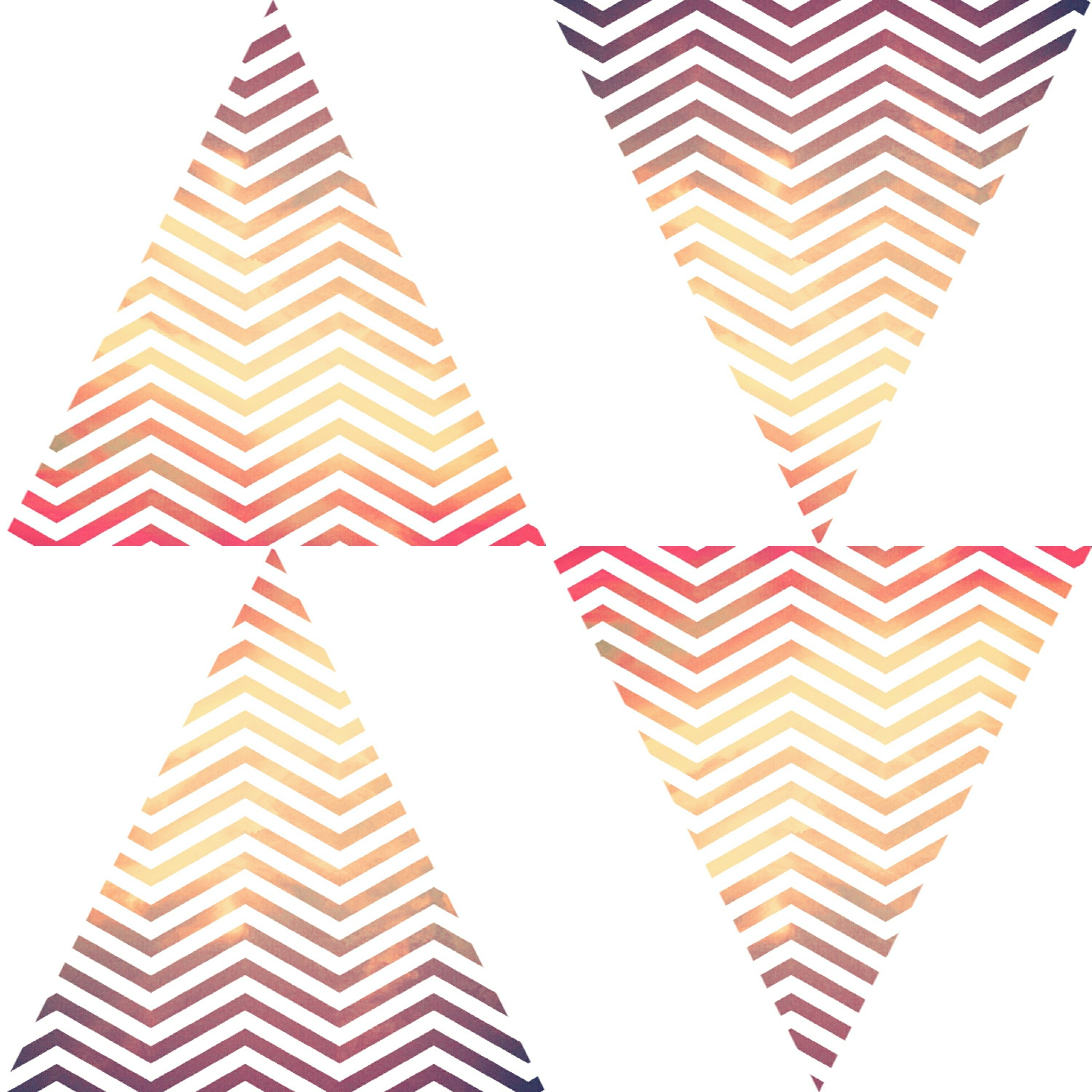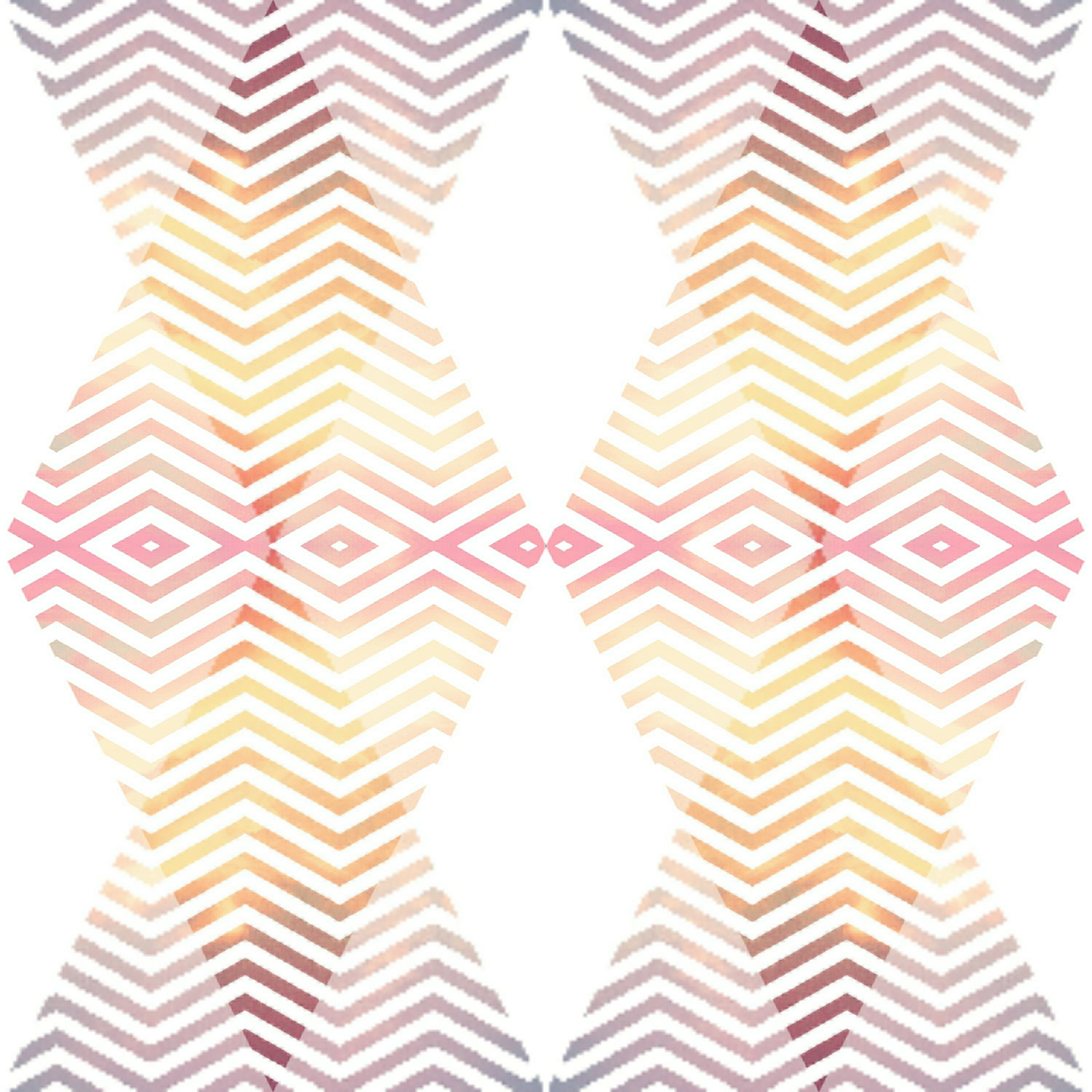Welcome to the second volume of HOME :: KEEP, Geocommunetrics' online art journal that features cross-disciplinary explorations of place, identity, and continuity.
You will find this volume to be quite different from the premiere volume, which focused on the partnered roles of the home and the body in making our Selves. As a digital space-holder and social investigator, I wanted to explore more deeply the stories of those who do not feel at home in their house, their body, or their Self - explorations of and from the the RE-placed, the DIS-placed, and the MIS-placed. But, I was not content to collage a smattering of trauma- or ruin-porn, which has been readily available in a digital global age rife with as much conflict as observers to gawk at it. What would it mean to hear personal stories of Self-discovery, -disillusionment, and -discussion?
RE-placed : : DIS-placed / / MIS-placed
One of the first discoveries that I made about this collection is that its unifying concept around the "replaced, displaced, and misplaced" was neither unified, nor straightforward. Perhaps one of my cardinal sins is that I believe poetics beget logistics. There is more faith than fact in that statement. The more that I read, observed, and listened, I came to recognize the entangled nature of these three words linguistically and colloquially. While we may use these as three distinct understandings of placement, the respective prefixes are less directive than discreet. But, what holds these words, and furthermore this collection, together - in place, if you will - is one deep feeling: loss.
In the fall, I provided a loose, simple prompt and call-for-entries, and I received this beautiful bundle of work new and old, from creators emerging and emeritus, known locals and newly-known foreigners. I came to see that the contributing creatives knew more about what I am trying to do than myself, the curator. In turn, I have relied on the discoveries of the contributors to lead the discussion throughout. I was intentionally liberal with the selection process, since I was so curious about the conversation to be had across the pieces, and across media. With work from diverse experience levels and media, I hope that this digital space can hold an ephemeral field of cross-pollination, personal rumination, and social excavation. Yes, that is a lot to ask. But, I have faith in the artist-as-guide.
Artists hold a veritable toolbox for our cultural survival. That toolbox just needs to be unlocked and opened by the curious.
Stay curious, and we will survive.
For the cautiously curious (like myself), I've provided some further field notes below for how to wander through this collection. This is where I talk to all the lessons I learned and the long list of questions I still have about this work. Are you one of those who actually reads the introduction pages? Well, keep scrolling.
Or, for the eager and unamused:
PLACE : :
Place matters. This is a basic tenet of the Geocommunetrics philosophy. But, why? Place holds our property, our people, our past. Place, particularly home, is that collection and concentration of feelings of belonging, being, and stability. But, on our digital, globalized sphere, does place matter as much?
As you read through the collection, you will encounter place through many scales and levels of definition - from tender points of contact, to utter spacial vacuity: placelessness. In R Kelsey's comic revisions, place is the small, staged room for a wedding party. For J Betton, place is a beloved once-hometown. For R Goring, sense of place spans countries, cultures, and languages.
In the chapters ahead, you will find scales juxtaposed and paired. At times, I intentionally yank you through the telescope, stretching portrait to landscape. Other times, I want to keep you still, quiet, and searching. Keep an eye open for how place is defined in the obscure and the obvious. You may, in turn, learn something about the places you inhabit.
: : IDENTITY : :
Personal expression ever eludes restrictive definition. With the growing visibility of queer narratives, the ongoing liberation of black bodies, and the palpable push-and-pull of an ever-networking world - to name a few forces - we are working through a bizarre era of identity politics wherein the spectrum of human experience is seeking to be cataloged whilst remaining unconstrained. As our societies continue to discern what to define as the ethically right or an untouchable human right, we as individuals worry our own ways through what is personally healthy for our heart, mind, and body. Personhood is the place nestled into the space of society. (And remember, place matters.)
Through the composition of this collection, I learned a lot about the immense responsibility that comes with representation. What is my role as curator in presenting the identities of these artists to the world? Deeper, have I assured that the identities whom these artists have chosen to represent have also retained their full dignity? How much of this can one "assure," anyway?
As you explore the collection, you will discover identities in tension and in question. In G Kim's Nada, we follow his ghostly documentation of Nix, and the parallel discovery of Self with a multiplicity of Selves. With E Schalk and R Des Jardins, we wrestle through the definitions that others cast upon one's Self, and the tumult of reflective Self-acknowledgement.
Thus, I am tasked to create a cohesive space for pieces and persons admittedly under construction. While these expressions are pulled from across the globe, they resonate on a deep chord. The desire to belong: in place, in person, in deed. I hope that, as you converse with these pieces, you meet someone new to you, within you, or without.
: : CONTINUITY
How, then, will we survive? This seems like a desperate, dramatic question in the age of plenty. But, is it not this plethora of plenties that makes us only hungrier? Our eyes are encouraged to constantly dance between screens and signs, our ears catch echoes of cheers and jeers alike, and our mouths we force to eat quickly, but also sufficiently. As we balance the myriad inputs, we forget to tend to the inward. To what do we pay our full attention? With the persistent splintering of our mind's focus, how do we found a full Self?
The Geocommunetrics motto is "Make your Self at Home." As humans, we bide through the seasons by finding or building a structure, by keeping a home. In turn, our home keeps us. So in our Self do we build similar structures, keep rituals, create rhythms - if we take the time before the storms come. Because the storms do come.
RE::DIS//MIS seeks to document various points on this stormy continuum - the overcast skies, the calm nights, the wind-wrecked mornings. We hear witness from those who have found a way to march on and from those who are still meandering through mourning. From R Hudgens, we are encouraged to reflect one what is left over, and what is yet to come. Time spent with T Rodgers and L Yutuc's videos demands reflection on what has made us, and who can unmake us. Lastly, A Smythe's Self-cartography wonders what is next, when past maps have led to less than treasure.
Tracking with the scale of place and the turbulence of identity, questions of continuity press us to reach in all directions, through all time, to reach any Truth. As you search with our contributors, perhaps you will find that time where we have overlapped in our efforts, that space we shared, that place we can depart from together.
Finally, some directional notes: from this point forward, I will orient you further at the beginning of each book: RE, DIS, and MIS with some meditative words. Each book is comprised of pairings, groupings, and folios. Pairing and groupings of work are collected from two or more creators, sometimes across media - written and visual. Each expression should be considered as a full expression in itself. No written piece needs illustration, no visual piece needs verbal accompaniment. But, I encourage you to explore the differences and similarities in scales, in scenes, in stories. You will also notice that the sections are not equal. Let each be a standalone experience, or string a few together. Lastly, there are 4 unique FOLIO features. These are cohesive sets of visual and verbal work created by one artist that speak across media to their particular narrative.
There is much to be seen, read, heard. Take your time.
Grab a comfy seat, a cup of tea, turn down your phone.
Without further ado,
Make your Self at home.
// J Brown









